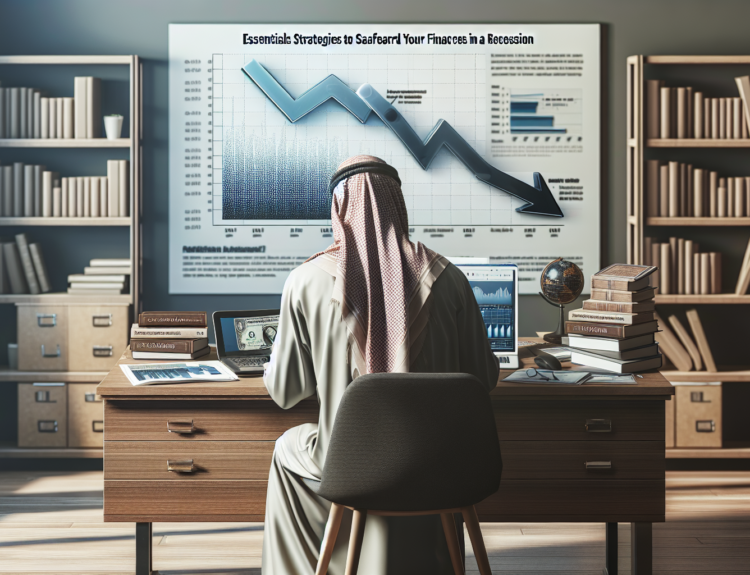US Economic Analysis: A Comprehensive Overview of Current Trends and Future Outlook
As we navigate through an era marked by unprecedented changes and challenges, understanding the dynamics of the US economy has never been more critical. This analysis will delve into key economic indicators, recent developments, and anticipated trajectories, offering insights to investors, policymakers, and the general public.
Understanding the Current Economic Landscape
Economic Growth: The Numbers Behind the Headlines
The United States has witnessed a complex interplay of growth and uncertainty over the past few years. According to the latest reports, the GDP growth rate has shown resilience, rebounding to an annualized rate of 3.2% in Q2 2023, a sharp recovery from the prior year’s average of just 2%. This growth trajectory has been bolstered by strong consumer spending, which accounts for approximately 70% of the US economy.
Recent Consumer Spending Trends
Recent data reflects an uptick in consumer confidence, with consumer spending rising by 0.7% last month, driven largely by increased expenditures in sectors such as retail and services. This surge suggests that Americans are willing to spend despite ongoing inflation concerns and the rising cost of living.
Inflation Pressure and Its Consequences
Inflation remains a pressing concern. The Consumer Price Index (CPI) indicated a 4.4% year-over-year increase, slightly easing from a peak of 9% last year. Despite the recent decline, inflation continues to impact household purchasing power.
According to a survey by the University of Michigan, consumer sentiment fell amid fears that higher prices could erode savings and pensions. Additionally, businesses are feeling the pinch, with many reporting increased costs for goods and services, which could lead to further price hikes.
Employment Trends and Labor Market Health
The job market remains robust, with unemployment rates hovering around **3.8%**—a sign of economic resilience. An additional 250,000 jobs were added in the last month, reflecting growth across various sectors, including health care, technology, and hospitality. The tight labor market has also resulted in upward pressure on wages, which grew by an average of 4.5% year-on-year.
Challenges in Workforce Participation
However, challenges remain. Labor force participation rates have stagnated around 62.3%, reflecting ongoing issues such as skills mismatches and demographic shifts. Addressing these challenges will be crucial for sustaining economic momentum moving forward.
The Role of Monetary Policy
The Federal Reserve has taken a proactive stance to combat inflation, with recent rate hikes pushing the federal funds rate to a range of 5.5% to 5.75%. These increases aim to cool down the economy and curb inflation but come with risks. Higher interest rates can curtail borrowing for businesses and consumers alike, potentially stifling growth.
Impact of Interest Rates on the Economy
As borrowing costs rise, sectors like housing and manufacturing may experience pressures. Mortgage rates have surged to nearly 7%, making home purchases less accessible for potential buyers and slowing down the once-booming housing market. Consequently, the housing price growth is expected to moderate over the next year.
International Factors at Play
Trade Relations and Global Impact
Trade tensions and geopolitical factors have also influenced the US economic landscape. Ongoing trade disputes with major partners, particularly China, have led to tariffs that affect various sectors. For instance, the recent increases in tariffs have stirred concerns about supply chain disruptions, directly impacting manufacturing outputs and consumer prices.
Global Economic Uncertainties
Moreover, global economic uncertainties, including the Russia-Ukraine conflict and fluctuating oil prices, create volatility in commodities markets. The price of oil recently surged, with West Texas Intermediate crude oil trading at $80 per barrel, raising caution among economists about potential inflationary pressures on fuel prices.
Future Outlook: Navigating Economic Challenges
As we look ahead, the US economy faces a mixed outlook. Projections suggest growth will continue in 2024 at a more moderate pace of 2.5%, influenced by a combination of resilient consumer spending, cautious business investment, and tightening monetary policy.
Key Sectors to Watch
Investors and policymakers should pay close attention to the following key sectors:
- Technology: Continued innovation and digital transformation could serve as growth catalysts.
- Healthcare: An aging population presents ongoing opportunities and challenges.
- Renewable Energy: Investments in sustainable energy solutions are poised to grow significantly in the coming years.
Conclusion
In conclusion, understanding the US economy requires a multifaceted approach considering various indicators and external influences. While there are clear signs of growth, ongoing challenges such as inflation, employment rates, and geopolitical tensions remain critical factors to monitor. Adapting strategies in a dynamic environment is essential for navigating these complexities successfully.
Tags: #USEconomy #EconomicAnalysis #Inflation #GDP #JobMarket
Category: Economics, Finance, Business
Call to Action: Stay informed and subscribe for our latest insights on US economic trends and analysis!



